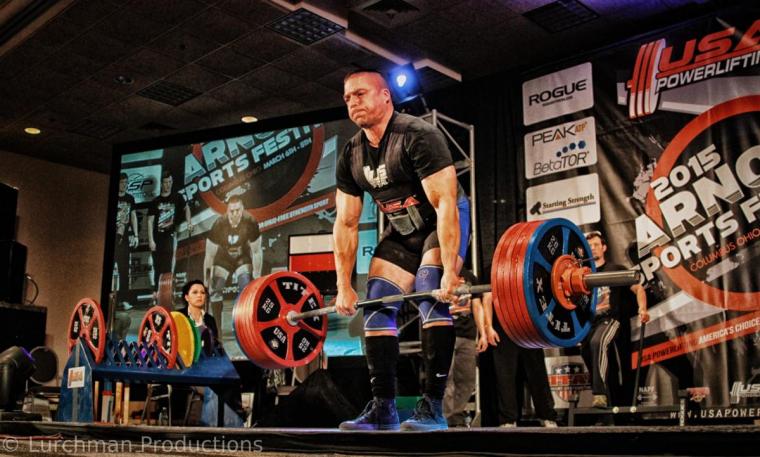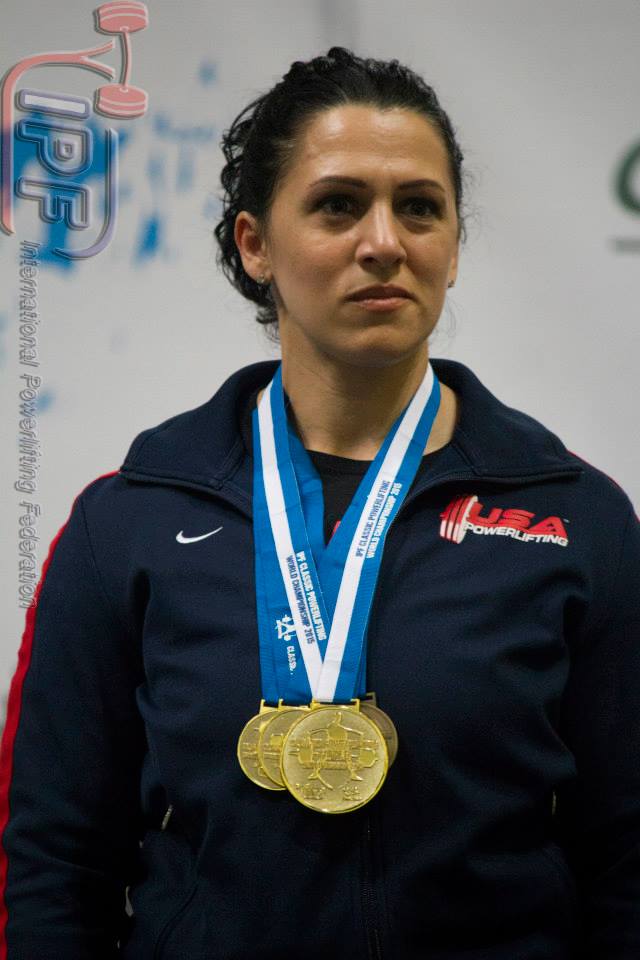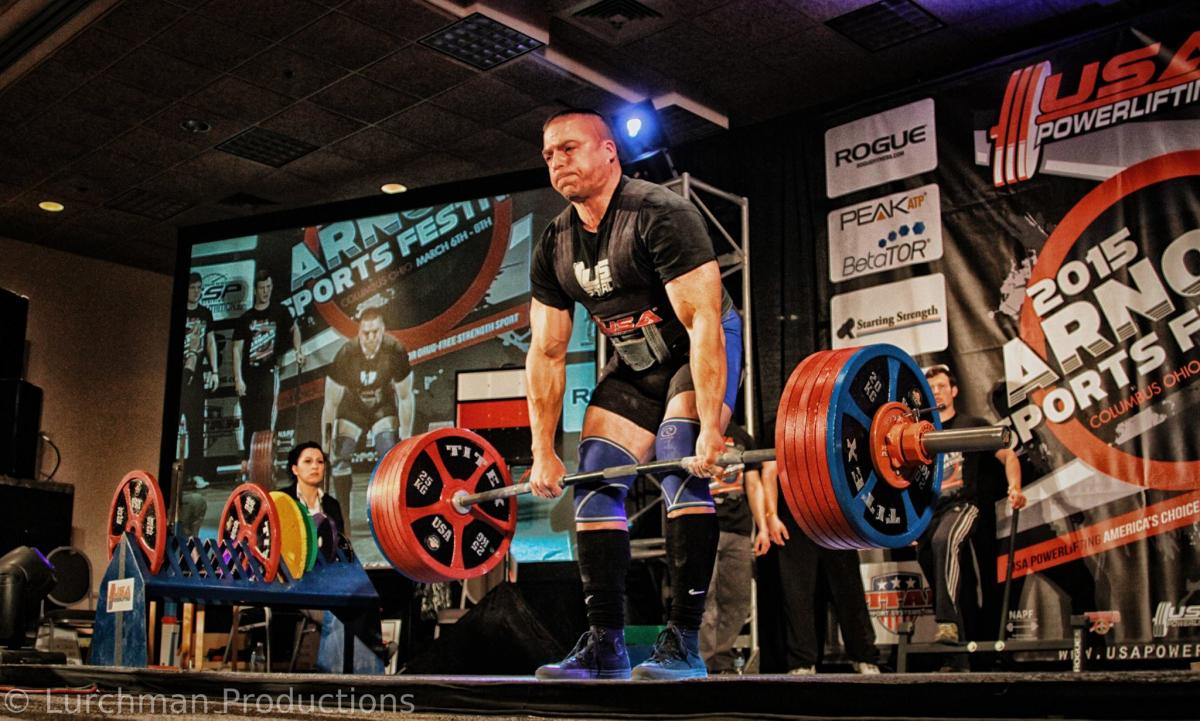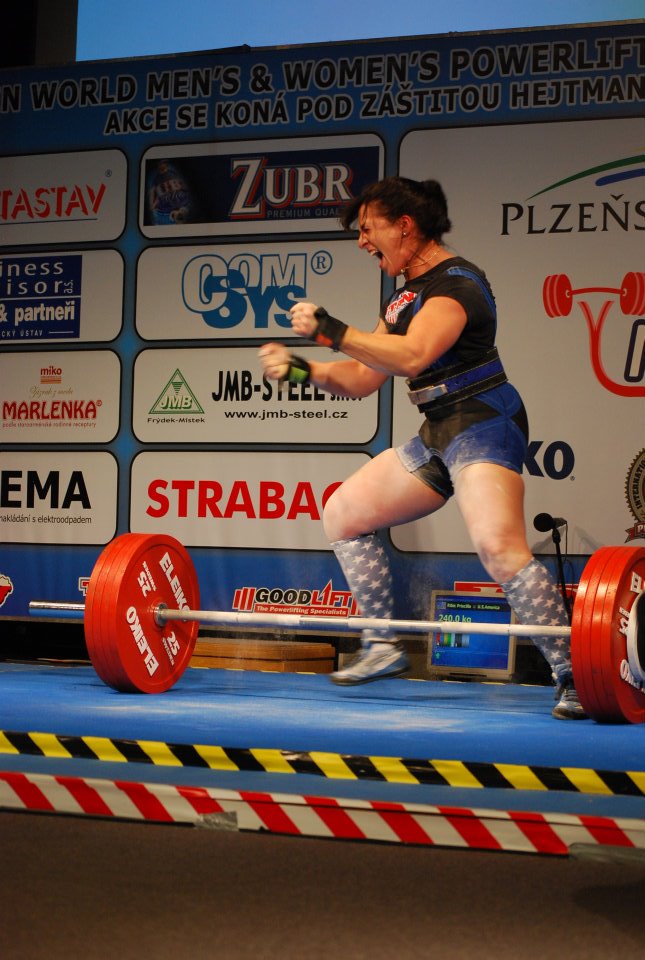
 www.usapowerlifting.com
www.usapowerlifting.com
USA Powerlifting (formerly American Drug Free Powerlifting Association, Inc.) is the leading powerlifting organization in the United States. USA Powerlifting is a member of the International Powerlifting Federation (IPF), the governing body of powerlifting internationally. The IPF is comprised of member federations from 83 countries on six continents. In competition, lifts may be performed equipped or un-equipped (the latter is typically referred to as 'raw' lifting). An equipped lifter wears supportive clothing, while a raw lifter wears just a singlet. Technique and lifting ability will vary according to whether an athlete is competing raw or equipped.
USA Powerlifting sanctions events at the local, state, regional and national levels. A full list of events can be found at this link. USA Powerlifting, through its affiliation with the IPF, also sends a national team to participate in the World Games.
Sports Destination Management: Powerlifting is contested nationwide. What are the participation trends like?
Priscilla Ribic: We have 10,300 members, which right now is only slightly behind where we were at the end of last year. Our growth is very good.
S DM: What do you attribute that to?
DM: What do you attribute that to?
Ribic: CrossFit has really fed into our sport. People are moving into powerlifting because they find it to be a little easier on the body.
SDM: Is the sport growing among any specific demographic?
Ribic: Women now make up about one-third of the membership. Strength sports are a great way to build self-esteem, especially in females. Women are more empowered now than they have ever been in this sport. It used to be that we might see three or four women in a powerlifting competition and it would be easy to win your class because you were the only one in it. Now, we have up to 50 percent women in competitions.
SDM: Do you see a lot of youth in the sport as well?
Ribic: Yes, and that is growing as well. Just two years ago, we started holding Youth Nationals for ages eight to 13. The first year, they were in Aurora, Colorado; next year, they’ll be in San Diego. The first year, we had 40 to 60 participants. We also have High School Nationals for our teens, meaning from age 14 to 19. There are almost 2,200 of those.
What’s interesting is that you think it’s going to be very controversial, with people asking how much weight kids should lift, does it hurt them, does it stunt their growth and so on. The truth is in any sport, any parent or kid can take it too far. What we’ve seen with lifting is that parents are generally pretty conservative with kids, and so are the coaches. We’re actually seeing a lot more kids get into powerlifting because they like the health aspect of it.
SDM: Is it popular at the college level as well?
Ribic: Yes – in fact, some schools are giving out scholarships for powerlifting, and we have seen some kids on full rides for it.
SDM: Are there any regions where powerlifting is more popular than others?
Ribic: The biggest states for powerlifting are Wisconsin and Texas. What we’ve seen is that when the high schools have a powerlifting program, like many in Wisconsin and Texas do, that fuels and feeds into ours at the higher levels.
SDM: When USA Powerlifting hosts sanctioned events, such as its nationals, what sorts of facilities does it seek out?
Ribic: We use a wide variety of venues. A lot of our smaller meets are held in CrossFit boxes. They have all the warm-up stations people can use. We have also held competitions in high school gymnasiums, hotel ballrooms and convention centers.
 Something that makes USA Powerlifting unique is that we have independent meet directors who are subcontracted when events are sanctioned, so generally, our national meets have followed those meet directors.
Something that makes USA Powerlifting unique is that we have independent meet directors who are subcontracted when events are sanctioned, so generally, our national meets have followed those meet directors.
SDM: Does USA Powerlifting bring its own equipment to events?
Ribic: Yes – we have standard platform equipment that we bring in for competitions.
SDM: Do athletes tend to move into powerlifting because of the involvement of other family members?
Ribic: Absolutely, it is a family sport. In fact, we have three women from one family who are competing. One woman is in her twenties, her mother lifts, and so does her grandmother, who is in her seventies. They all lift at the national and international level. Powerlifting really does become a family event. If you’re not lifting at a competition, probably you’re volunteering or refereeing or helping run meets. Our organization is primarily run by volunteers.
SDM: What do you think are some of the biggest things in powerlifting’s favor as a sport? What do you see as its challenges?
Ribic: From an organizational standpoint, we want to keep up with the growth. And I think with that comes being able to host enough meets. Sometimes a state opens registration for a competition and it sells out within minutes. We also have to work toward getting enough meet directors out there to keep up with the demand.
SDM: What do you think the sport really has in its favor as far as getting new participants?
Ribic: It’s an easy sport to come into. Learning how to lift, learning proper technique, isn’t difficult. And the sport is very open and people greet you with open arms. If it’s your first competition, your opponent will be right there, giving you tips and so will your opponent’s coach.
SDM: You have a coaching certification program.
Ribic: We have had that for several years. We believe it’s absolutely necessary to raise awareness of the proper way to coach, the proper way to lift. Part of the education for everyone is knowing the rules of the sport. Anyone can move the weight but educating the athlete on how to move the weight so that it passes the judging on the platform is very crucial.
SDM: USA Powerlifting has a strong drug-free emphasis.
Ribic: We are all about being drug-free. It’s part of our tagline. It’s interesting that with the big influx of new athletes, we want to keep pushing that mission. We test and we test a lot. We really want a level playing field for all our athletes.
Follow USA Powerlifting on social media:
Instagram @usapowerlifting
Facebook Page
Facebook Group
Twitter

